Description
Vibro-meter VM600 MPC4 Machinery Protection Card: Your Turbine’s Guardian for Critical Operations
If you’ve ever lost sleep over unexpected turbine trips during peak production, these dual-channel MPC4 cards might be your new best friend. I’ve seen them pull double duty in offshore platforms where a single false alarm could cost six figures in downtime. One thing I appreciate is how they handle sensor calibration mid-operation without triggering shutdowns—something that’s saved clients from nasty surprises during routine maintenance.
Key Features That Actually Matter On-Site
- Dual-redundant channel architecture – Runs two independent protection channels simultaneously. From my experience, this eliminates single-point failures during sensor swaps or calibration checks.
- Universal sensor compatibility – Handles everything from vintage eddy-current probes to modern accelerometers. A paper mill client recently told me this cut their spare parts inventory by 30%.
- Live diagnostics during operation – You might notice the LED status indicators showing real-time channel health without interrupting protection. Critical when troubleshooting at 2 a.m. during a storm.
- Modbus TCP/RTU dual ports – Typically allows seamless integration with legacy DCS systems while feeding data to new IIoT platforms. Avoids those messy “who owns the network” arguments.
Technical Specifications
| Parameter | Details |
|---|---|
| Brand/Model | Vibro-meter VM600 MPC4 (200-510-070-113 / 200-510-111-034) |
| HS Code | 8537.10.0090 (Industrial control modules) |
| Power Requirements | 24 VDC ±15%, 1.5 A max (dual redundant inputs) |
| Operating Temperature | -20°C to +60°C (derate 2% per °C above 50°C) |
| Signal Inputs | 4-20 mA, 0-10 V, RTD, TTL (configurable per channel) |
| Installation | DIN-rail mounted (EN 60715 standard), 45 mm width |
Where These Cards Earn Their Keep
You’ll typically find these in power generation turbines where false trips mean blackouts, or offshore compressor stations where replacement parts take weeks to arrive. One refinery client uses them on critical feed pumps—they’ve avoided three potential cavitation disasters since last winter. In many cases, the real value shows up when integrating new vibration analysis tools with 20-year-old control systems without rewiring.
Why Procurement Teams Keep Ordering These
Forget “unmatched performance” fluff—these cards reduce your mean time to repair. The dual-channel design means you’re not waiting for spares during failures, and the universal inputs eliminate model-specific sensor stocking. Backed by Vibro-meter’s 365-day warranty, they’re cheaper per uptime hour than troubleshooting emergency shutdowns. Oh, and their firmware updates? Occasional but painless—unlike some brands that brick devices during updates.
Installation & Maintenance Reality Check
Mount these in standard 35mm DIN cabinets with at least 50mm clearance above/below—no magic here. Ventilation matters more than you’d think; keep ambient temps below 50°C for full spec performance. Safety-wise, always isolate power before sensor calibration (I’ve seen too many fried channels from lazy hot-swaps). For maintenance: quarterly visual checks of terminal blocks, annual calibration against certified shakers, and firmware updates during planned outages. Simple stuff.
Certifications & Peace of Mind
CE, UL 61010-1, ATEX Zone 2, and SIL2 certified—no certification theater here. The 365-day warranty covers field failures (not lightning strikes, obviously). Shipping’s straightforward: 50% upfront, balance before dispatch. In-stock units ship via FedEx/UPS/DHL within a week; custom-configured orders take up to 30 days. One client last month needed rush delivery for a gas turbine rebuild—we got it there in 9 days with DHL Express.
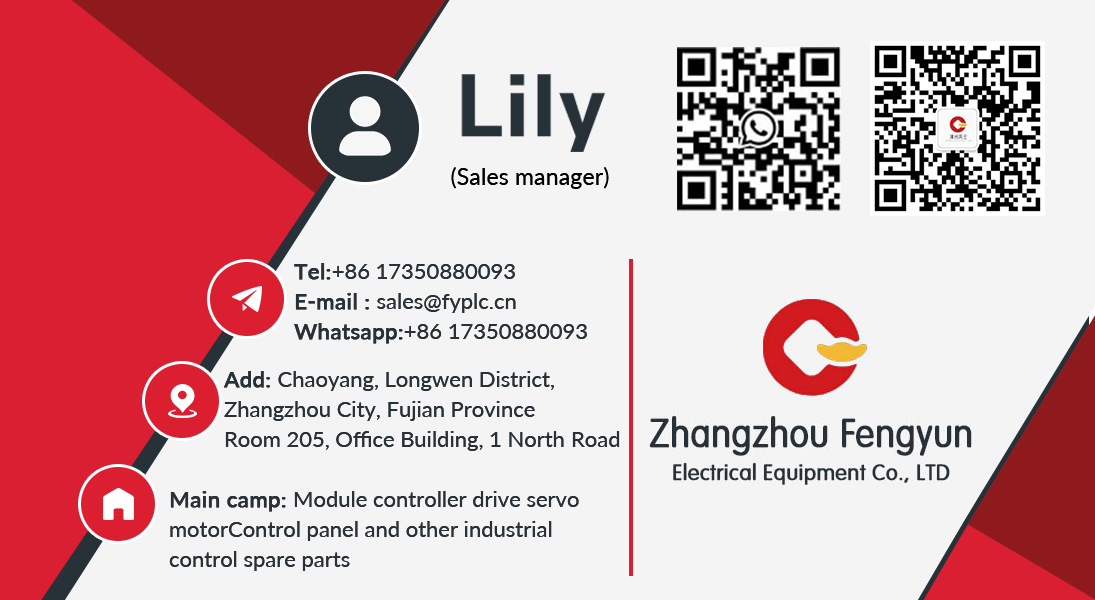
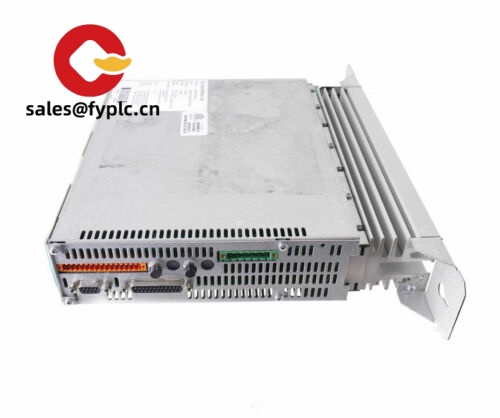

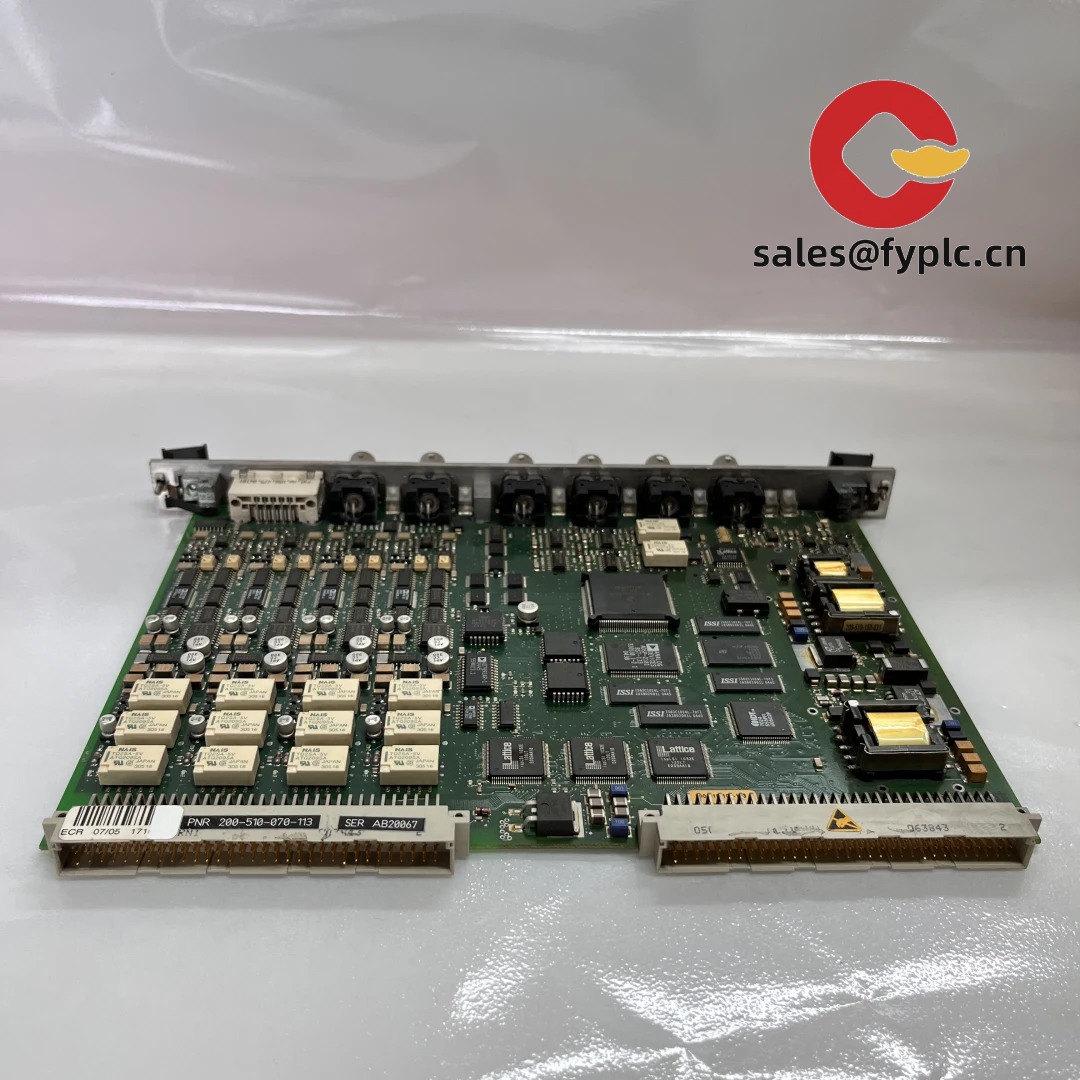
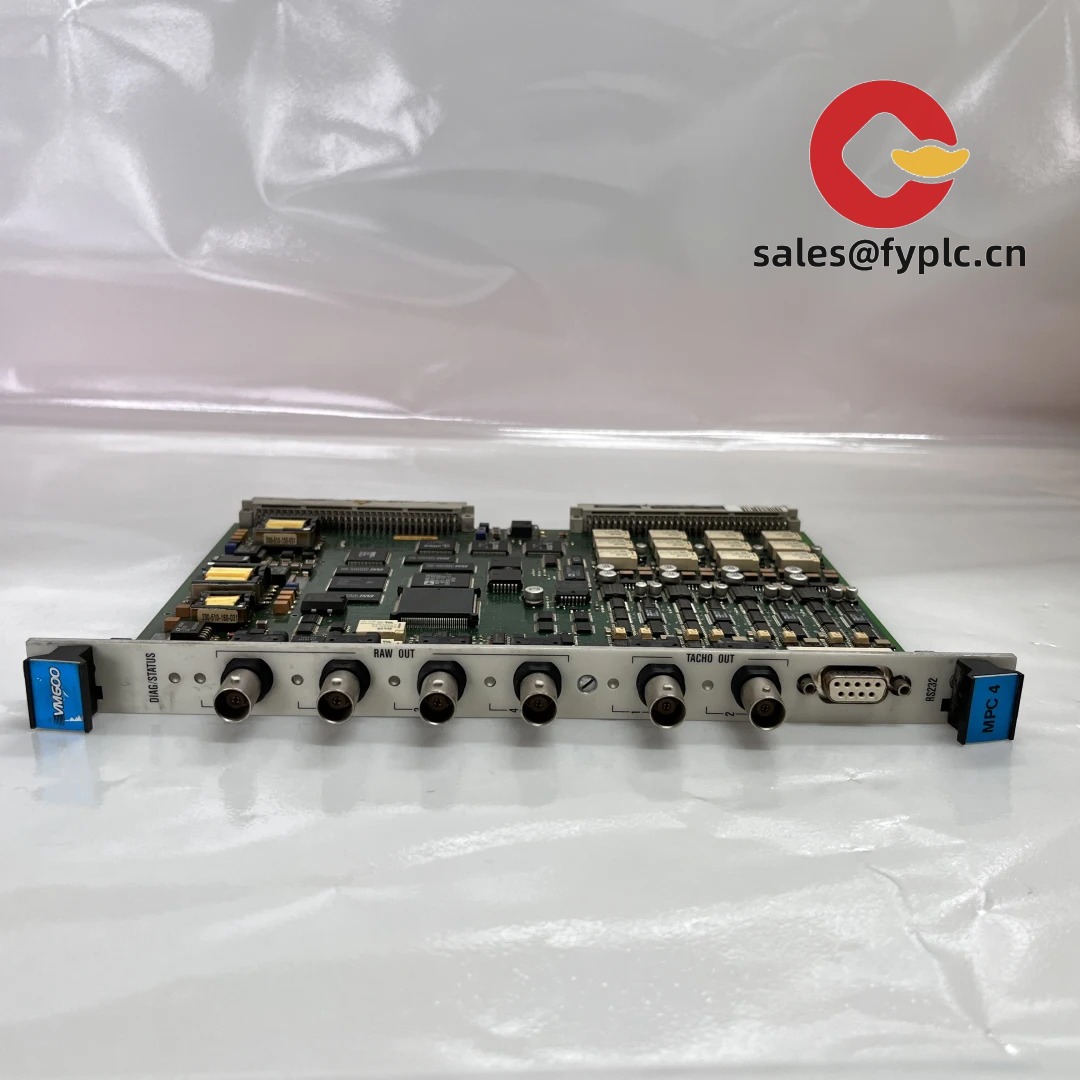
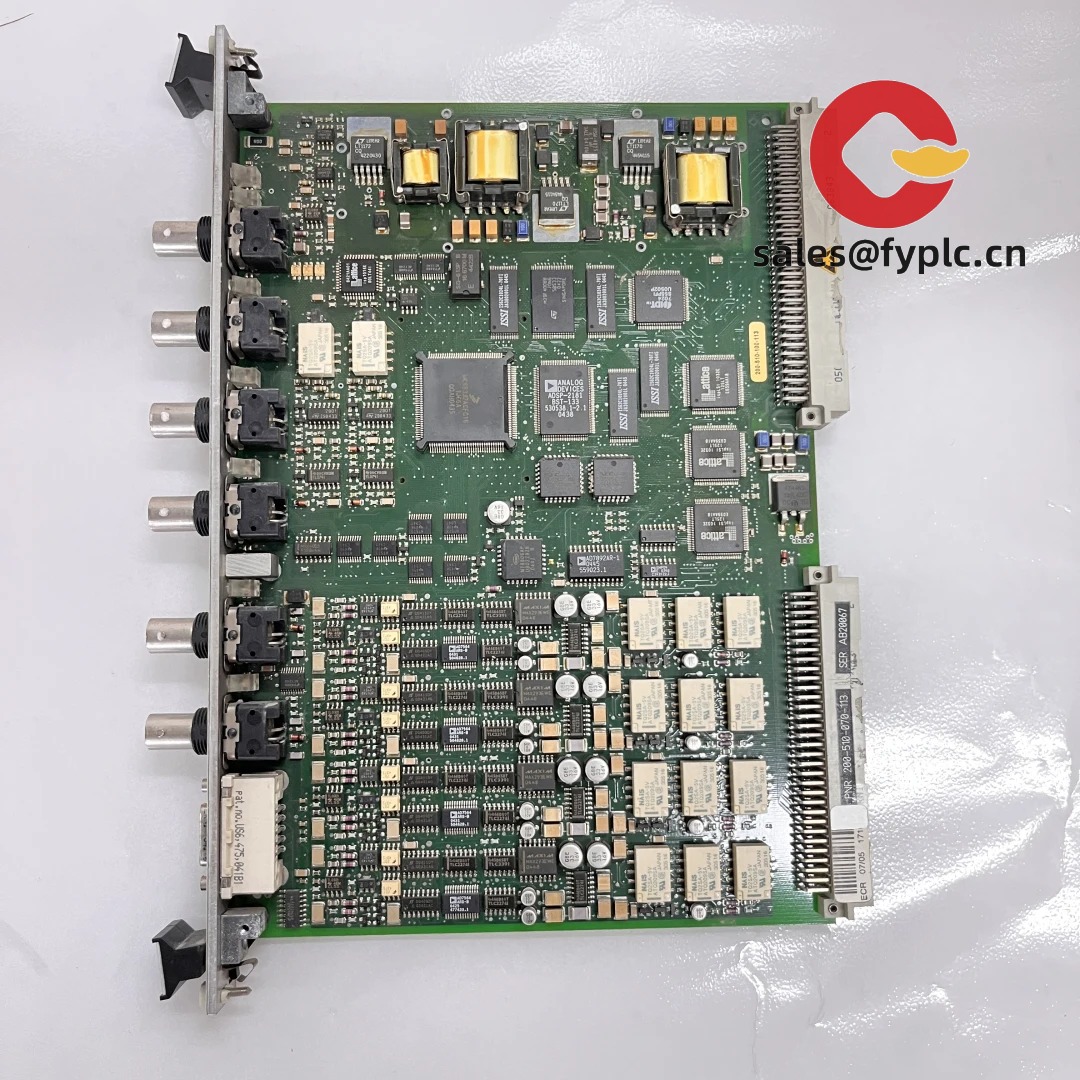
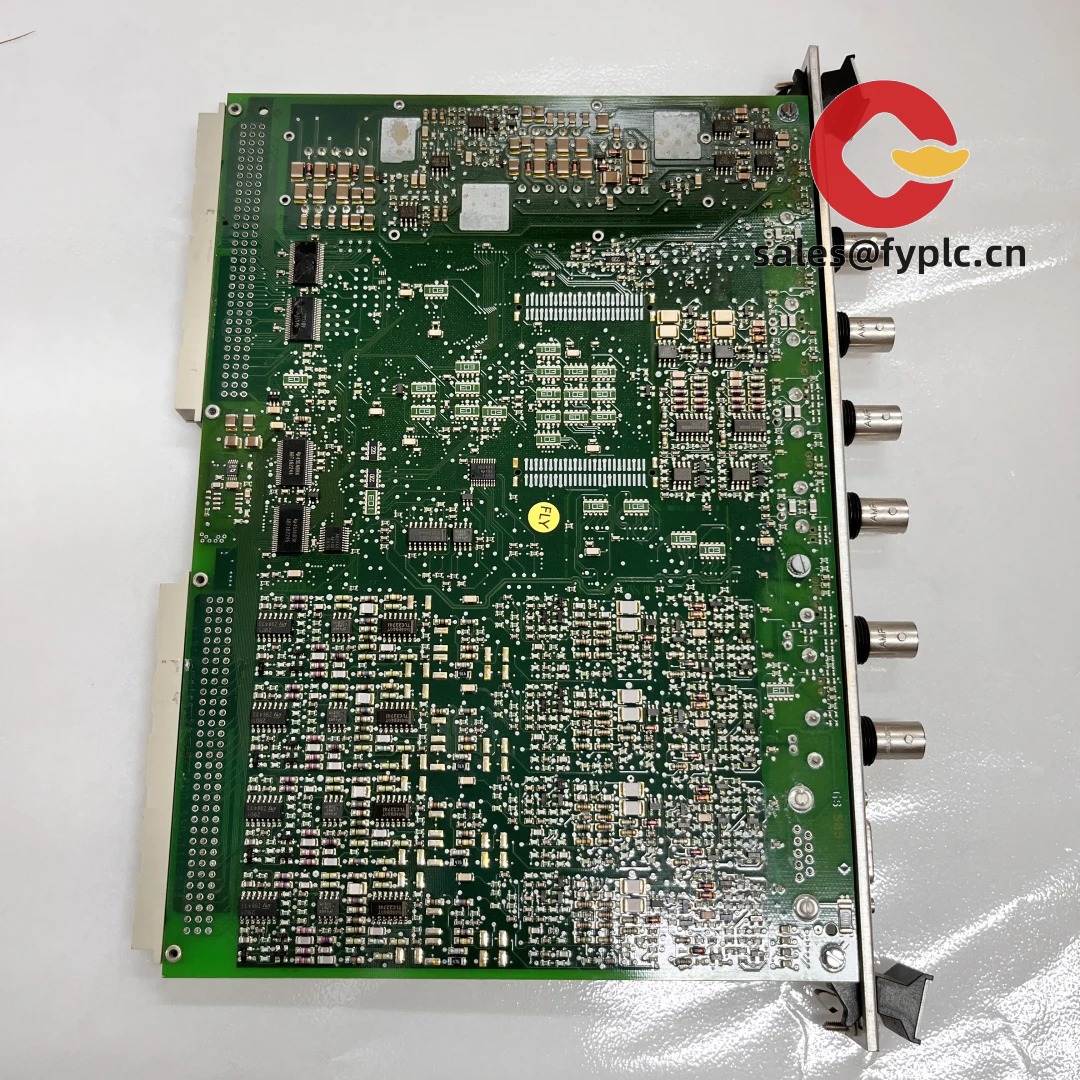



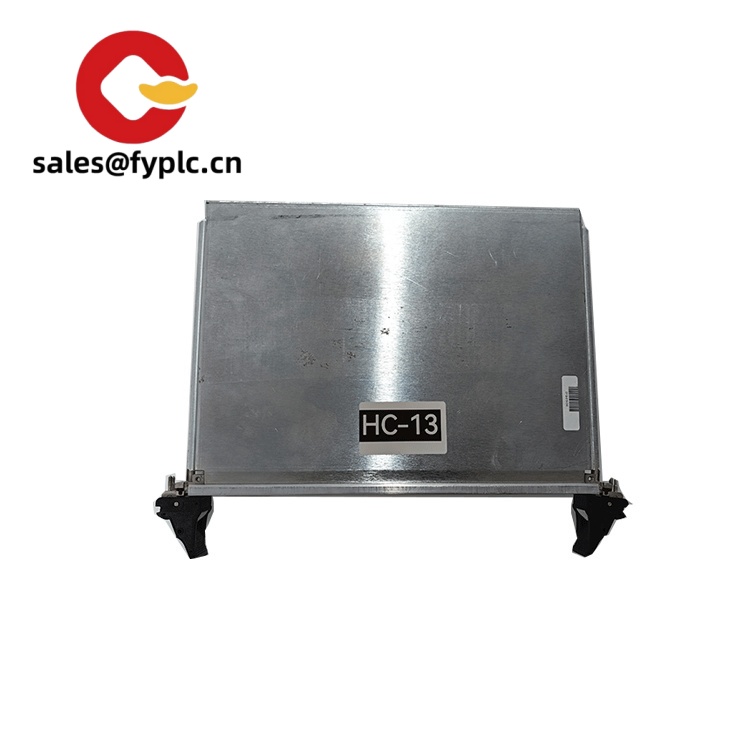



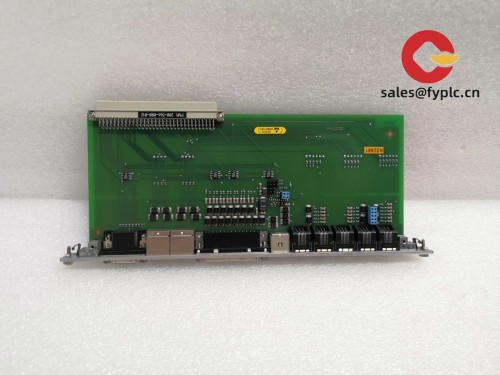
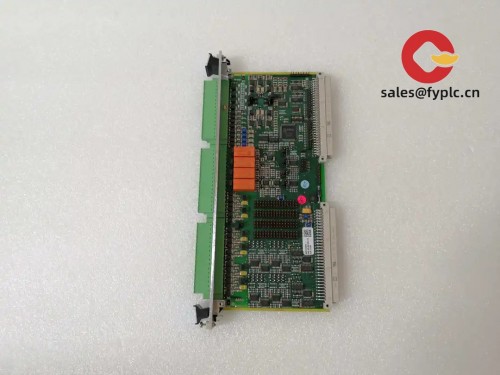


Reviews
There are no reviews yet.